Air Freight to Brazil
Air Freight to Brazil
Fast, Reliable, and Efficient Air Freight to/from Brazil
DFreight Air Freight Service is your top choice for swift and dependable air cargo shipping to/from Brazil. For a variety of commodities, including perishable goods, healthcare supplies, electronics, machinery, or anything that demands fast delivery from Brazil to the UAE and vice versa, we’ve got you covered. With years of expertise, comprehensive solutions, a commitment to on-time delivery, cutting-edge technology, top-notch security, competitive pricing, and a global reach, we’re here to make your airfreight experience seamless and worry-free. Trust DFreight for excellence in air shipping and submit your inquiry right away to receive the best competitive prices for your air cargo to/from Brazil.
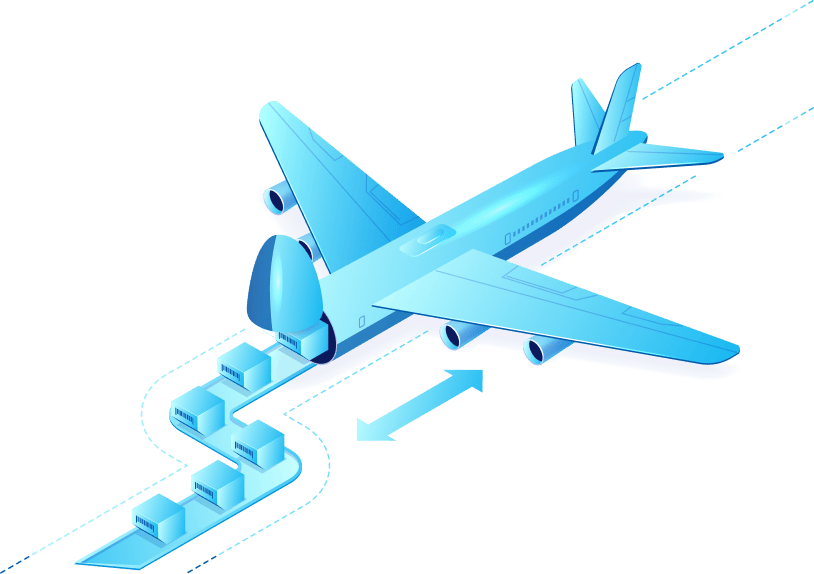
Brazil Exports and
Imports
The top exports of Brazil are Iron Ore, Soybeans, Crude Petroleum, Raw Sugar, and Poultry Meat, exporting mostly to China, United States, Argentina, Netherlands, and Chile.
The top imports of Brazil are Refined Petroleum, Motor vehicles; parts and accessories, Vaccines, blood, antisera, toxins and cultures, Mixed Mineral or Chemical Fertilizers, and Petroleum Gas, importing mostly from China, United States, Germany, Argentina, and India.
Market Update
According to OEC, in 2021, Brazil was the number 12 economy in the world in terms of GDP, the number 24 in total exports, the number 27 in total imports, the number 81 economy in terms of GDP per capita and the number 49 most complex economy according to the Economic Complexity Index.
Brazil exported US$2.69 Billion during 2021 to the United Arab Emirates and imported US$368.72 Million during 2021 from the UAE, according to the Trading Economics database.
The Brazil-UAE freight market is set to be a major growth area in 2023, due to increased investments and collaborations between the two countries. The Brazilian Ports are at the frontline to handle the increased freight from the UAE, with the faster shipping options available within the two countries. This sector of the market is set to witness a significant expansion in the coming years, resulting in enhanced trade between Brazil and the UAE.
Banned Products
Brazil has very strict customs regulations regulating trade across its borders and has banned the importing of several products for environmental, health, and fashion regulations, including both food, and non–food items. Products such as chemicals, firearms, and certain seeds and plants, and any toy, sporting, or musical instrument containing plastics are banned from importing into Brazil. The importation of overseas products with a harmful environmental impact is prohibited, and food products with ingredients that are not present in Brazil are subject to additional regulations or bans.
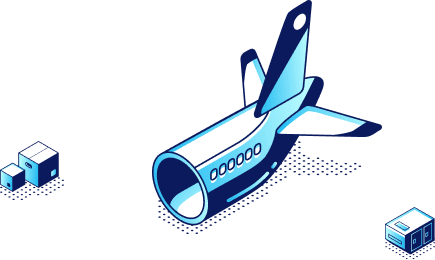
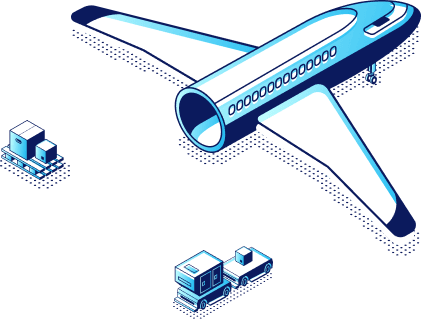
Documents & Customs Clearance
One thing to take into account when exporting cargo internationally is customs clearance. You must be aware of the customs clearance regulations of the destination countries when shipping cargo from Brazil.
The following documentation must be given to local customs for international shipments by the supplier, consignee, or intermediary:
– A commercial invoice
– A packing list
– A bill of lading
– A certificate of origin
Shipping Different Commodities from/to Brazil
How to Ship Musical Instruments
Importing Cosmetics to UAE: A Comprehensive Guide
Different Types of General Cargo
Major Air Cargo Port
-
Italy
Germany
United Kingdom
Netherlands
France
Turkey
Spain
Denmark
Switzerland
Czech Republic
Hungary
Poland
Romania
Greece
Portugal
Slovakia
Sweden
Ireland
-
China
India
Taiwan
Hong Kong
Japan
Singapore
South Korea
Malaysia
Qatar
Indonesia
Saudi Arabia
Thailand
Bangladesh
Lebanon
Kuwait
-
Uganda
Congo
Egypt
Rwanda
Kenya
South Africa
Morocco
Algeria
-
-
-


We consolidate cargo from Germany, Belgium, France, Luxembourg, and nearby cities to Amsterdam, then ship it directly to Dubai.
Certificates & Memberships
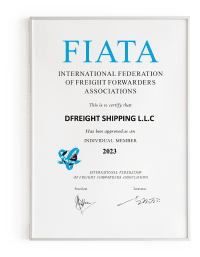
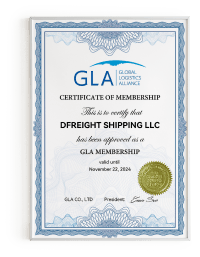
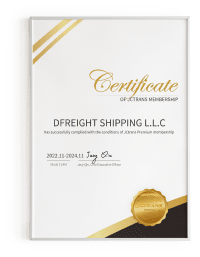
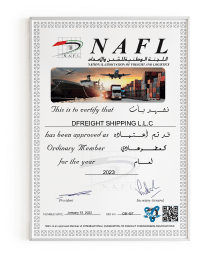
- Stress-Free Documentation We simplify the paperwork process, making it easy for you to focus on what matters most – your shipment.
- Clear Cost Breakdown Our pricing is straightforward, with a detailed breakdown so you can see exactly where your money goes.
- Dedicated Support We’re just a click away. Your dedicated support team is there to address any questions or concerns promptly.
- Live Shipment Tracking Easily follow your ocean and air freight shipments 24/7 with real-time tracking. No more unexpected delays.
Ship Your Cargo with Ease
Get Started Today!
Why Choose Consolidated Air Freight?
Guaranteed Space
Secure your cargo space without worries.
Reliable Scheduling
Count on our reliable predictive schedules
Nationwide Collections
We pick up your cargo throughout Benelux and Germany
Regional Trucking
Benefit from local trucking within Europe and GCC
Competitive Pricing
Enjoy market-competitive air freight rates
Fast Delivery
Rapid and secure shipping for time-sensitive items
Regional Trucking
Benefit from local trucking within Europe and GCC
Competitive Pricing
Enjoy market-competitive air freight rates
Fast Delivery
Rapid and secure shipping for time-sensitive items
Guaranteed Space
Secure your cargo space without worries.
Reliable Scheduling
Count on our reliable predictive schedules
Nationwide Collections
We pick up your cargo throughout Benelux and Germany
Any Questions?
Reach out to us, and our experts will work with you to discover the tailored solution you need.





 Germany
Germany Netherlands
Netherlands Luxemburg
Luxemburg Belgium
Belgium





